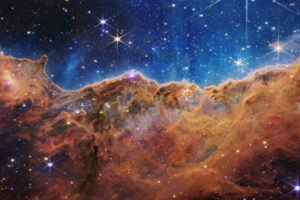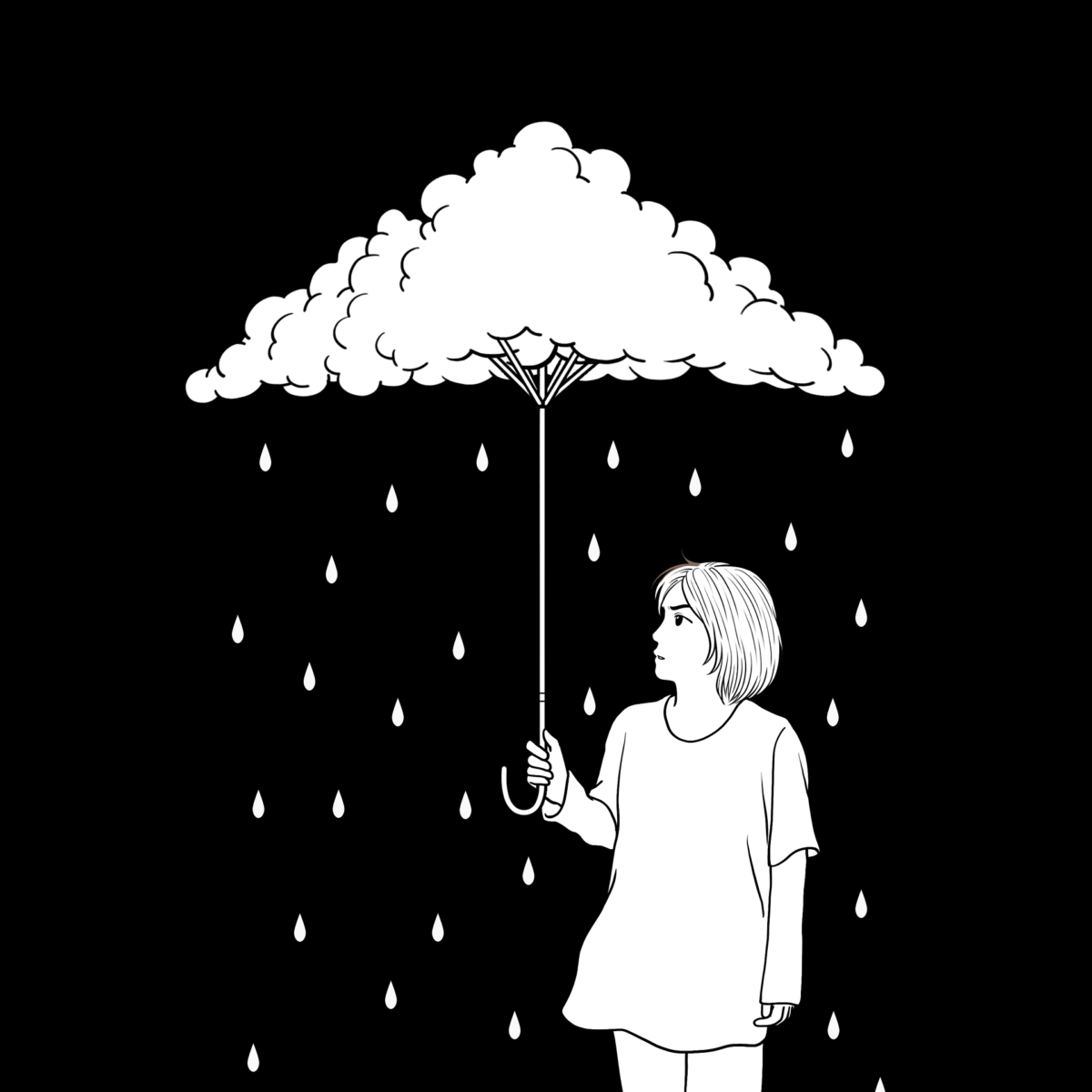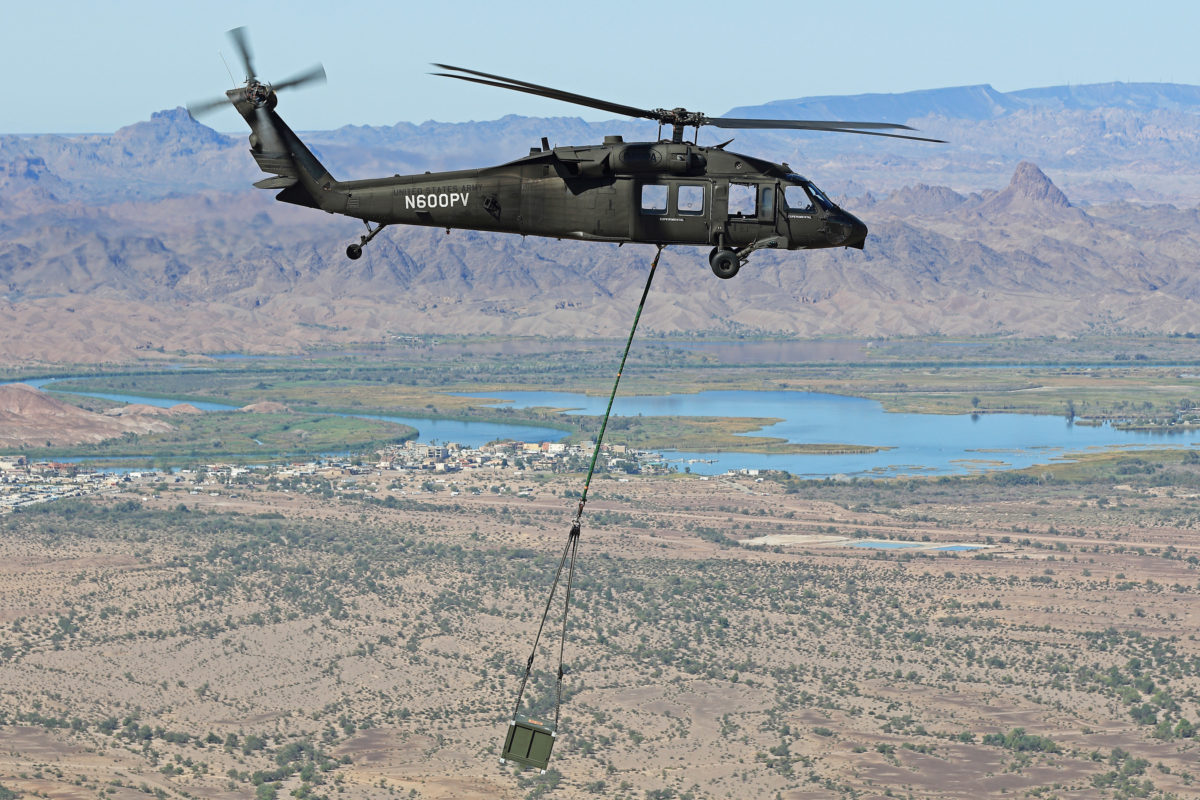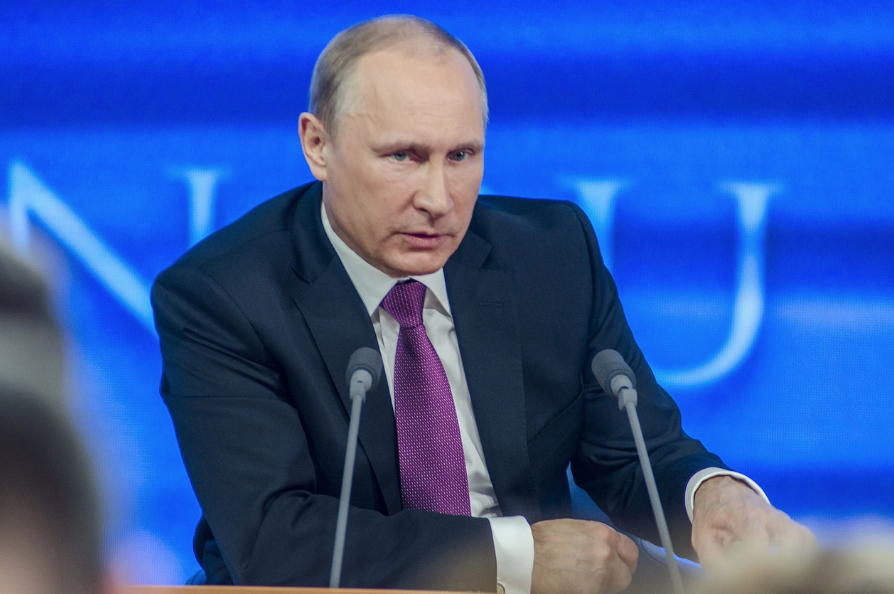
The night sky has long held us captive with its beauty and wonders, only to disappear with the coming of the sun. But photography, beginning with the first pictures of the moon in the 1800s, has enabled us to see into the dark reaches of space, capturing a moment that can be shared anytime. Advances in photographic technologies have given way to Astrophotography, the imaging of astronomical objects, celestial events or areas of the night sky. Modern Astrophotography provides important data and research support on objects invisible to the human eye. Recently, a panel of photographers at the Bruce Museum in Greenwich shared stunning results of what happens when art and science collide.
Leonard Jacobs, was the moderator. The panel included:
Benjamin Barakat, an award-winning night sky photographer and researcher at the highest observatory in Europe, The Sphinx Observatory located 3571m above sea level.
Adam Block, who developed the public observing programs at Kitt Peak National Observatory (1996-2005) was on the panel. He founded the Mount Lemmon SkyCenter (2007) at the University of Arizona, which uses 24-inch and 32-inch telescopes for public outreach. He currently continues to work in the Department of Astronomy at the University of Arizona. He has discovered asteroids, a supernova, and a galactic star stream.
Monika Deviat, another panelist, is a photographer who is best known for her distinctive and award-winning landscape and nightscapes. She is driven to capture unique scenes under the night sky and inspire a sense of wonder, especially in those who cannot see the stars where they live.
László Francsics is an architect, Doctor of Liberal Arts, internationally awarded astrophotographer and the chairman of the Hungarian Astrophotographers”™ Association. He lives and works in Budapest, completed his DLA doctoral thesis in architecture in 2021, which examines the relationship between man and the cosmos. His photography oscillates between astronomical and artistic themes.
Wally Krause, a self-taught amateur astronomer with 50 years of practical ”˜backyard”™ experience in deep sky, planetary and solar observing. His life-long interest in astronomy was sparked in 1972 after observing Jupiter through a neighbor”™s homemade telescope. A year later, Krause built his own 10” Newtonian ”˜reflector”™ telescope. That initial experience created his passion for sharing astronomy with others.
Located in Bruce Park overlooking Greenwich Harbor, the Bruce Museum is a community-based, world-class institution that offers a changing array of exhibitions and educational programs to promote the understanding and appreciation of art and science. The first exhibition at the Bruce Museum took place in 1912 and in 2019, the AAM-accredited museum broke ground on its current expansion project, which will take the building from 33,000 to more than 70,000 square feet.

















